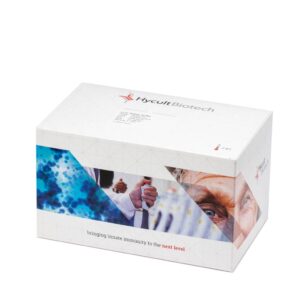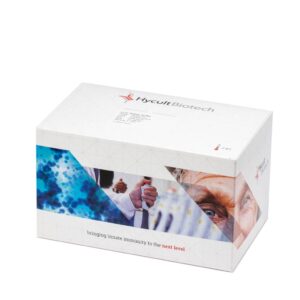Complement factor D, Human, ELISA kit
€756.00 €1,223.00Price range: €756.00 through €1,223.00
The alternative pathway of complement represents an important humoral component of natural defense against microbial attack. The interaction of the proteins C3, factor B, and factor D results in the formation of the alternative C3- and C5-convertases, i.e. C3bBb and C3bBbC3b(n). These multicomponent enzymes assemble on the surface of alternative pathway of complement activators and are stabilized by properdin (P). The participation of the alternative pathway of complement has been implicated in the pathogenesis of a wide variety of human diseases.
Factor D, a 24 kD serine protease of the alternative complement pathway, is synthesized as a precursor single-chain molecule. Factor D is unique among serine proteases because it requires neither enzymatic cleavage for expression of proteolytic activity nor activation by a serpin for its control. Factor D is highly specific and cleaves factor B bound to C3b, generating the C3bBb enzyme. Factor D is the rate-linking C3 convertase enzyme of the alternative pathway. Furthermore, factor D plays a role in fatty tissue distinct from its role as a complement protein.
Normal values in human EDTA plasma are 1.05 (± 0.27) μg/ml. In healthy individuals factor D is rapidly eliminated via the kidney and neither modified extrarenal catabolism nor changes in synthesis contribute to elevated factor D levels observed in patients with renal failure. The levels in patients with chronic renal failure (CRF) increase up to 4.35 (± 3.03) μg/ml and in end-stage renal disease (ERDS) up to 12.1 (± 3.53) μg/ml.
Measurable quantities of factor D were detected in urine of 85% of healthy individuals (0.62 ± 0.33 ng/ml). The urinary concentrations of factor D in patients with tubular proteinuria are elevated to 230 (± 313) ng/ml.














